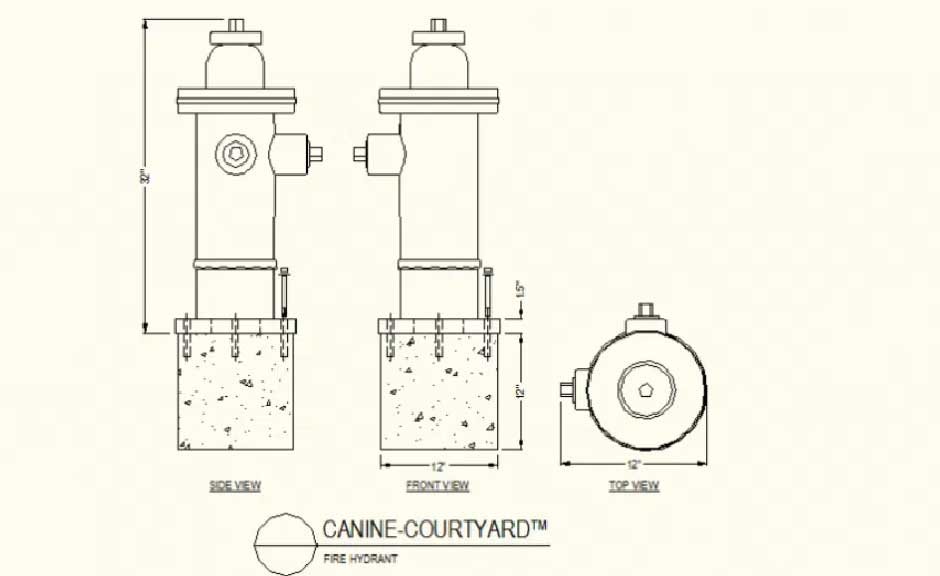Skip to the good bit
ToggleIf you have seen a fire hydrant block plan drawn up over a building site and wondered what it was for, you are not alone. These plans are quintessentially Australian requirements, ensuring that first responders, engineers, and inspectors have clear and correct information in case of an emergency. Thus, they are far from being a mere technicality, since fire hydrant block plans directly contribute to safety, compliance, and efficiency when the clock is against them.
So, what exactly are fire hydrant block plan requirements, and why are they so important for engineering, testing, and inspections?
Understanding Fire Hydrant Block Plans
A hydrant plan is a detailed drawing showing the location and layout of the building’s fire hydrant system. The plan shows the exact location of the hydrants, isolation valves, booster assemblies, and incoming mains concerning the building.
When there is an emergency, the firefighters use this plan to know exactly where the equipment is to be hooked up and where water must be drawn from. Should the block plan not be clear and accurate, precious time might be lost in an emergency, further endangering property and lives.
The Factors For Which Block Plan Requirements Are Important
Fire hydrant block plans are much more than paperwork; they are matters of legal and safety conditions. This means that in Australia, the AS 2419.1 standard would be applicable for the majority of facilities. It makes sure that emergency personnel can understand every block plan because it is consistent, clear, and usable in an emergency.
For the engineer, contractor, and inspector, ensuring that the block plan meets requirements is not just a matter of checking boxes; it is also about protecting communities and fulfilling their professional obligations.
Key Things Every Block Plan Must Show
When preparing or reviewing a fire hydrant block plan, several elements must find their way into its features. Some essentials here:
- Interior and Exterior Hydrant Locations—Every internal and external hydrant must be appropriately identified.
- Booster Connection Point—Where the fire brigade may connect their pumps.
- Isolation Valves—So that part of the system can be isolated when required.
- Details of Water Supply—The incoming mains and capacity of the system.
- Scale and Orientation—The plan must be quick to interpret.
- Legend and Symbols—Standard symbols for immediate recognition.
These requirements ensure that, whether read by an engineer, inspector, or firefighter, the information is clear, exact, and actionable.
Testing and Inspection
The block plans do not exist on their own. They constitute one of the many processes in their corresponding testing and inspection plans. The engineering inspection teams usually check the block plan during their compliance audit to prove that what is being shown on paper is what is installed on-site.
Testing usually guarantees the hydrants have sufficient pressure and flow for fire safety considerations. A block plan consistent with tested results assures the system is both documented and capable.
Common Pitfalls To Avoid
While the requirements are well documented, errors are still liable to be made during preparation. Some common ones are plans that have not been updated to reflect system changes, unclear labelling, and a lack of detail. Such errors will compromise compliance and cause delays with approval during the inspection.
Reputable fire safety engineers and consultants are often the best resource for the preparation and review of block plans to ensure correctness and compliance.
Are You Ready To Ensure Your Block Plan Meets Standards?
Fire hydrant block plan requirements for builders, facility managers, and engineers are not to be compromised; they must be met. An accurate block plan typically saves time during an emergency, makes life easier while undergoing compliance during inspections, and commits to safety.
Don’t leave anything to chance; hire a renowned testing and inspection engineering group to work through an adequate, compliant, and properly timed block plan.
An accredited fire safety inspection agency must be contacted to carry out inspections so that you may be confident that your fire hydrant block plan satisfies all requirements.







